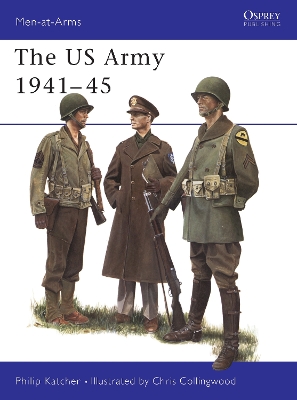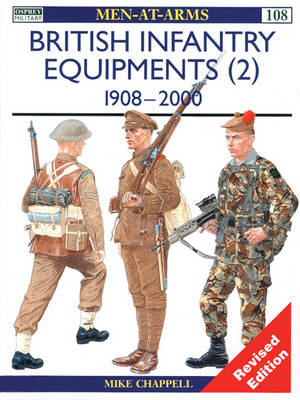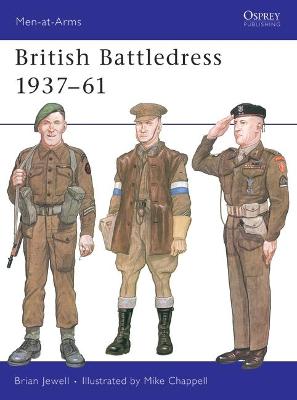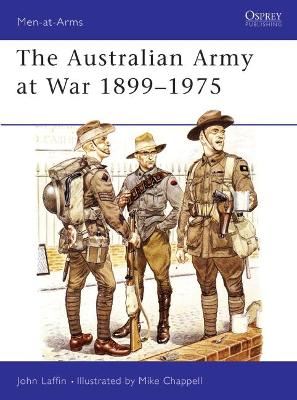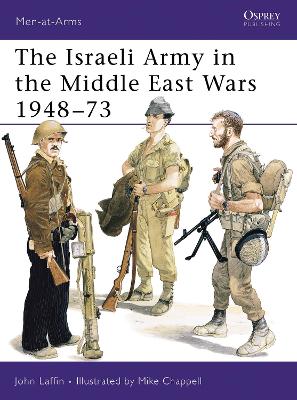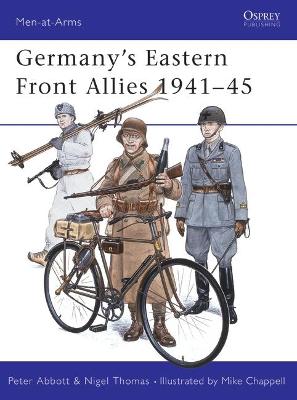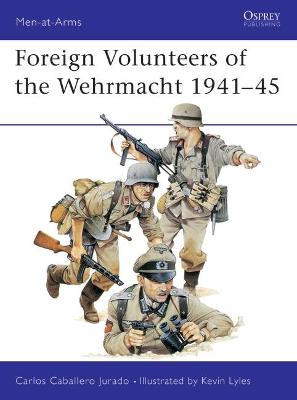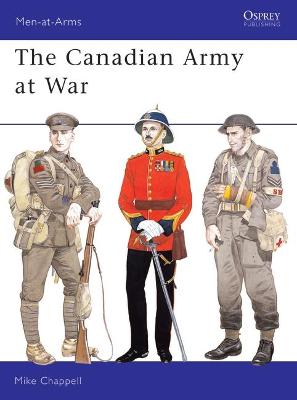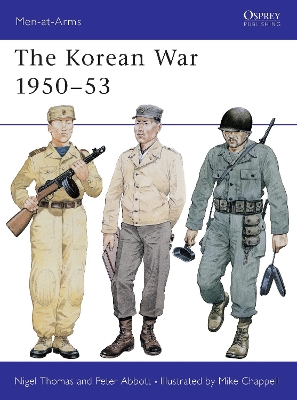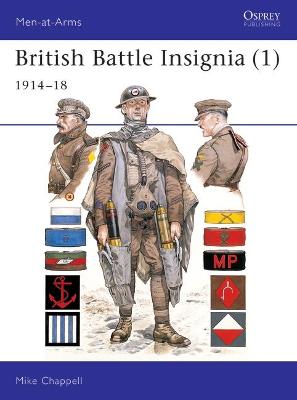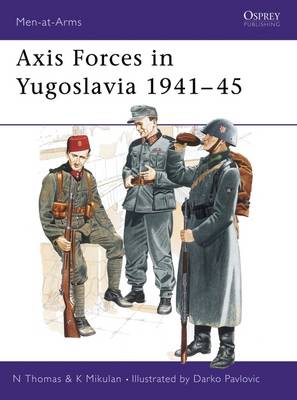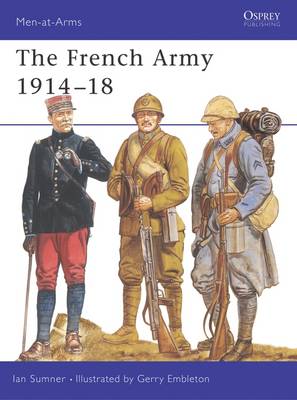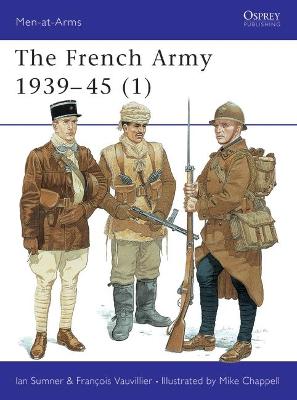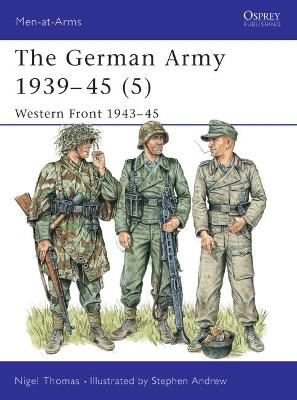Men-at-Arms
34 primary works • 52 total works
Book 37
The Confederate Army of Northern Virginia was one of the greatest fighting formations in history: a combination of an outstanding commander and an excellent fighting force. This book offers an in-depth study of why this formation was so successful against Northern armies, which often had a greater wealth of resources and manpower and some very able leaders. Almost always outnumbered, Lee's forces were able to record a number of notable victories by giving free rein to subordinates and utilizing the fighting qualities of the army's units to the full. Also includes color and black and white maps.
Book 70
Book 108
Book 112
Book 123
Book 127
Book 128
Book 131
Book 138
Book 142
Book 147
Book 164
Book 169
Book 174
Book 187
Book 226
Book 282
Book 286
Book 315
The French Army 1939-45 (1)
by Ian Sumner, Francois Vauvillier, and Mike Chappell
Book 336

